Category: Disease Management
Smithsonian National Zoo Treats Skin Cancer On Henkel’s Leaf-tailed Gecko
A 4-year-old Henkel’s leaf-tailed gecko was treated for skin cancer at the Smithsonian National Zoo and Conservation Biology Institute, the zoo announ [...]
Snake Lungworm Parasite Found in 14 Florida Counties
Also known as snake lungworm, the parasite may soon be in Georgia or other neighboring states. [...]
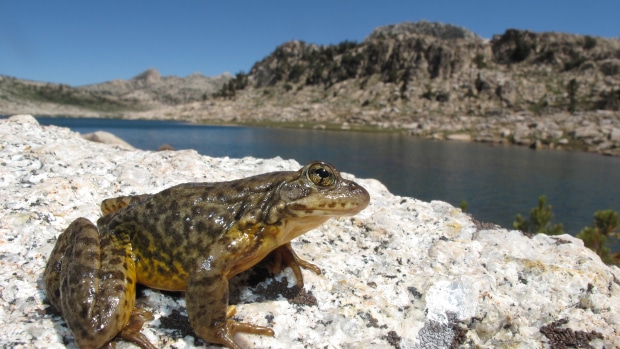
Sierra Nevada Yellow Legged Frog Can Persist In Bd Infected Areas
The researchers say the resistance they have observed in the frog may be due to natural selection for more resistant genotypes, acquired immunity and [...]
Chytrid Fungus May Have Chink In Its Armor
The researchers are currently studying how the BdDV-1 virus works, how it infects the fungus and how it gets into the cells of the fungus [...]
Pet Industry And Michigan University Researchers to Mitigate Batrachochytrium salamandrivorans Spread In Amphibians
Researchers with Michigan State University and pet industry partners will work to study disease mitigation strategies that will hopefully minimize the [...]
Tail Amputation: Care After Surgery
A majority of amputations only need the tip or back quarter of the tail removed. [...]
Snake Fungal Disease Spreads In California
Snake fungal disease, a debilitating disease that causes a slow death in wild snakes has spread tom more locations in California and has impacted more [...]

Amphibian Chytrid Fungus – Information And Links
Supplement to the May 2008 REPTILES magazine article "Under Fire." [...]

Genes In Frogs Responsible For Fighting Off Chytrid Infection May Be Killing Them, Study Says
The genes in frogs that are used by the amphibians' immune system to fight off Batrachochytrium dendrobatidis (Bd), the deadly fungus that causes chyt [...]
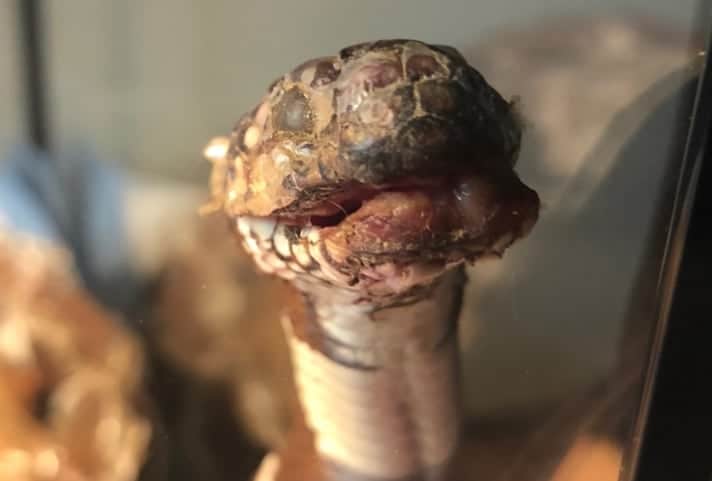
First Case Of Snake Fungal Disease Confirmed In California
The California kingsnake infected with snake fungal disease was euthanized. [...]

Two Juvenile Green Sea Turtles In Florida Receive Electrochemotherapy Treatment For Fibropapillomatosis
The Turtle Hospital in Marathon, Fla. and veterinarians with the University of Florida have successfully performed electrochemotherapy on a pair of ju [...]
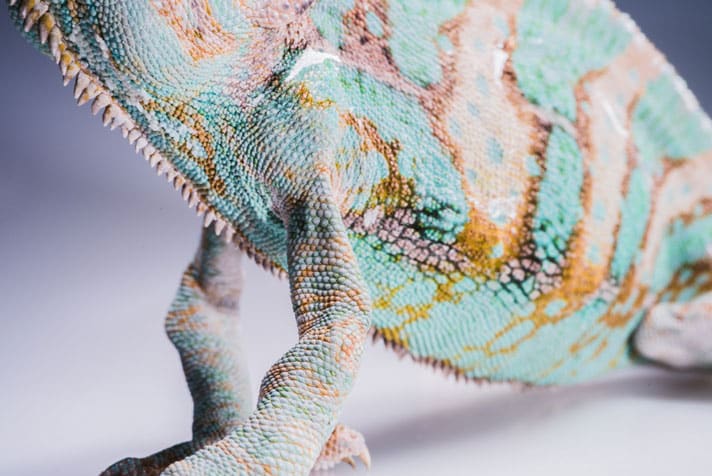
How To Use The Herpetofauna Disease Alert System (HDAS)
The Partners in Amphibian and Reptile Conservation formed the Disease Task Team to guide communication and collaboration on herpetofaunal diseases amo [...]
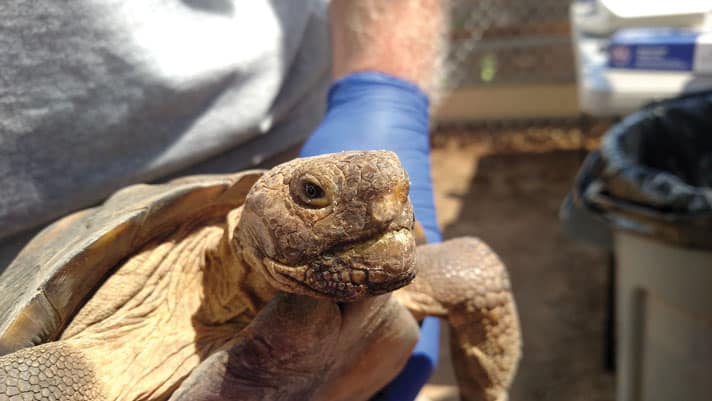
An Examination Of Tortoise Health Conditions
Find out what ails your tortoise and potential remedies. [...]
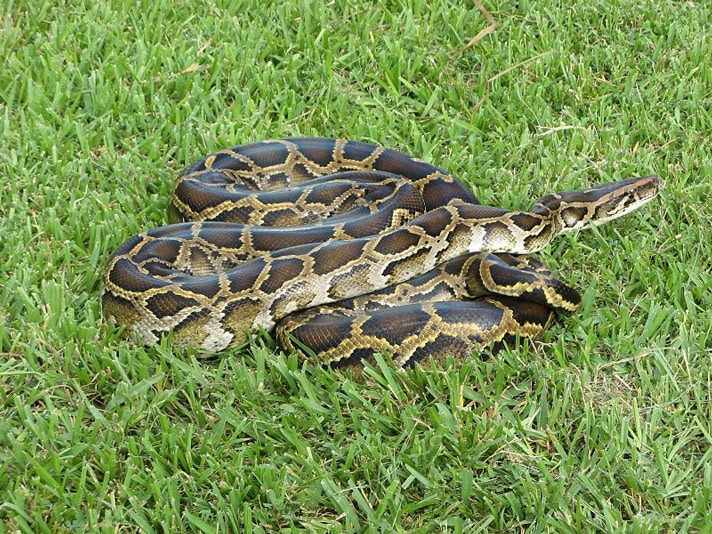
Florida’s Invasive Burmese Pythons Spreading Disease To Native Snakes, Study Says
Burmese pythons introduced the Raillietiella orientalis parasite to native snakes in Florida. [...]
Snake Fungal Disease Could Spread Globally, Report Says
Snake fungal disease can kill snakes within a few days. [...]
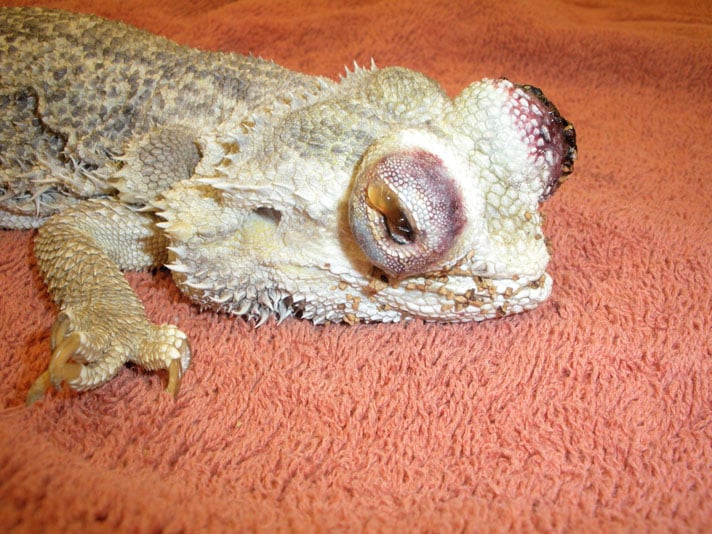
Reptilian Opthalmology — A Window To Reptile Health
Reptile eye problems and their symptoms. [...]
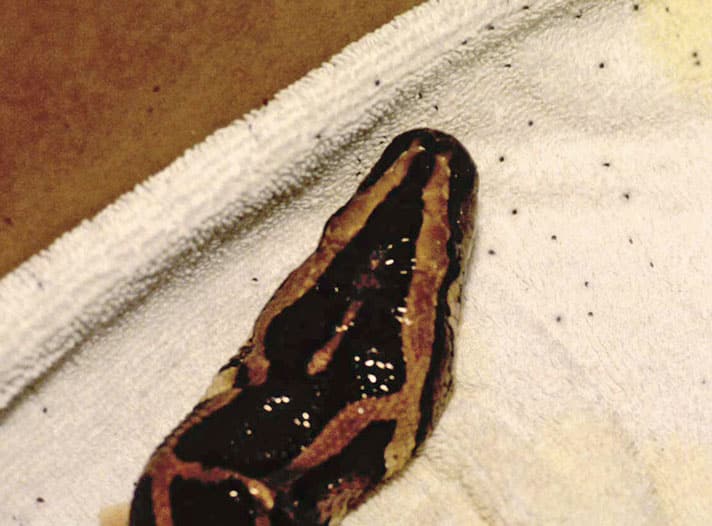
Mites in Reptiles
Mites can be both a nuisance and a costly problem in any reptile collection. [...]
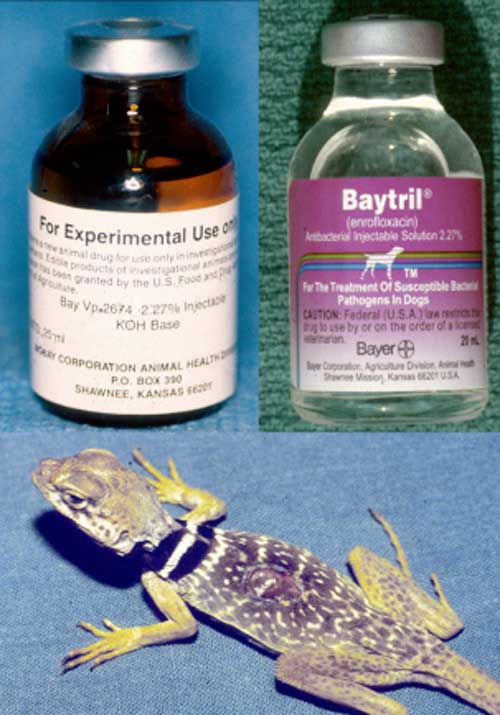
Baytril: The Overused Herp Antibiotic
Baytril is an excellent, powerful and effective drug. [...]
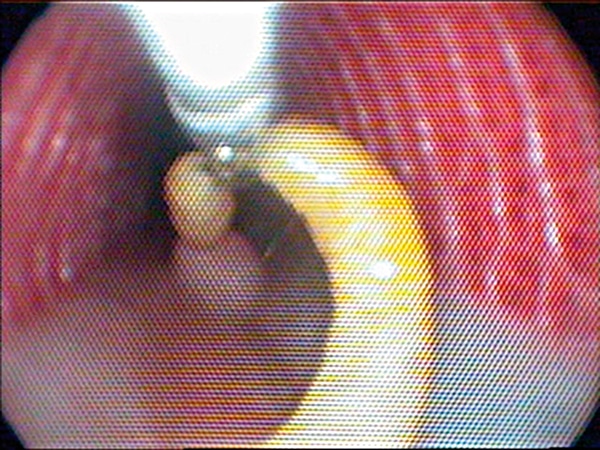
The Vet Report: A List of Common Internal Parasites in Reptiles
A parasite is any animal that lives on or within a second animal, and for the most part, parasites live in harmony with their hosts in the wild. They [...]
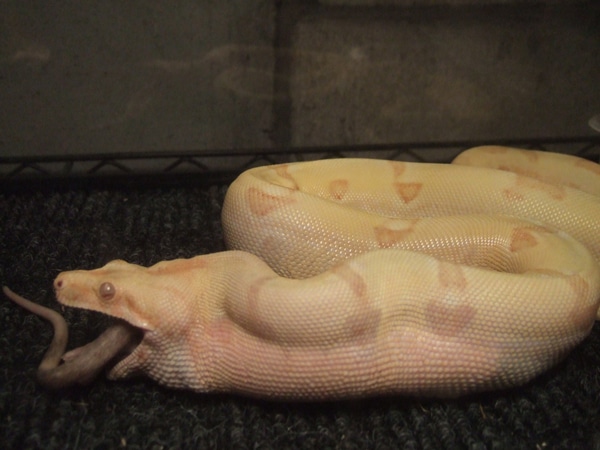
IBD – The Twisted Tale of Inclusion Body Disease
Inclusion Body Disease is devastating to the snakes that are infected by it. [...]
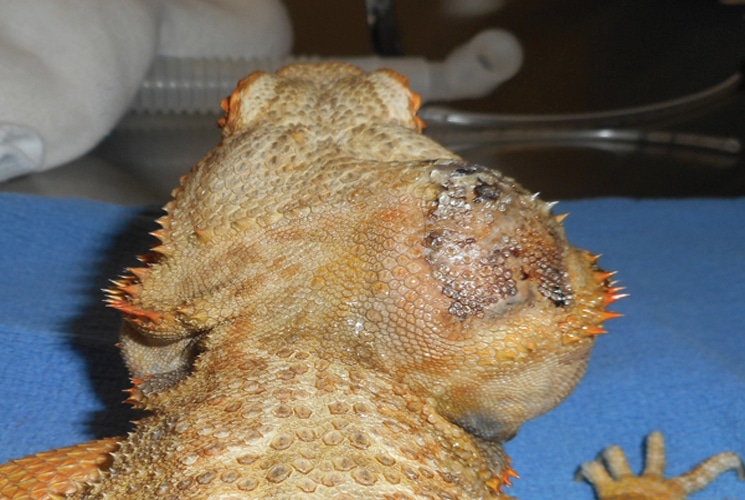
Bearded Dragon Aneurysms
In beardies, aneurysms can occur in many different locations. [...]
Scientists Eliminate Chytrid Fungus In Five Mallorca Ponds
The controversial chemical Virkon was used to clear Mallorcan midwife toad ponds of the Chytrid fungus. [...]
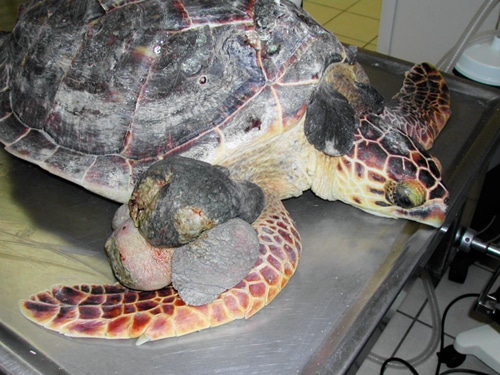
Fibropapilloma: A Devastating Sea Turtle Disease
Sea turtles have always been considered a sentinel animal in our world’s oceans—the canaries in the coal mine, if you will. These present- [...]
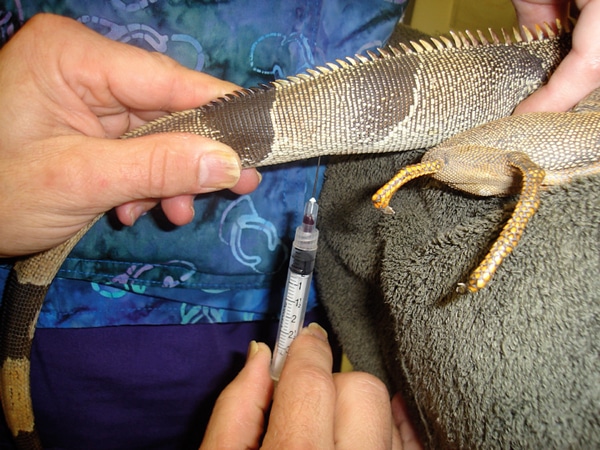
The Vet Report: Routine Blood Testing In Reptiles Is Encouraged
"Bad laboratory data are worse than no laboratory data at all." Considering the variety of species of herp patients that I see, I think [...]


